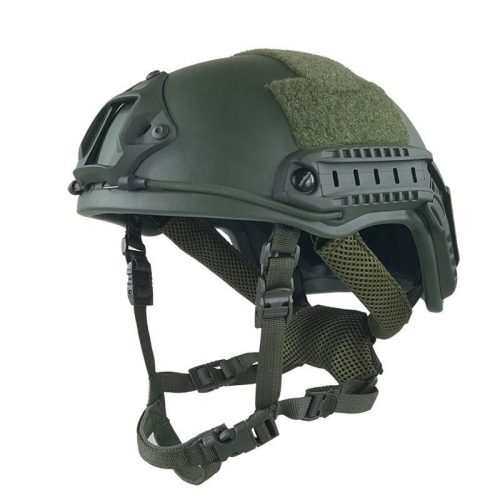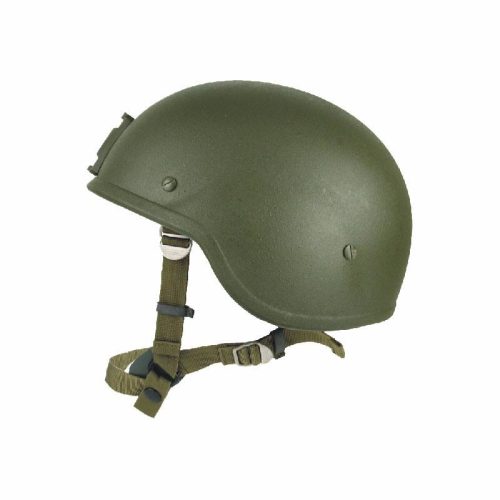Staying warm while participating in winter sports is essential for comfort and safety. Winter sports helmets are designed to provide protection from impacts and cold temperatures. Here are some tips to stay warm when wearing a winter sports helmet:
- Choose the Right Helmet: Select a helmet that is specifically designed for winter sports like skiing or snowboarding. These helmets typically have insulation and additional features for cold-weather comfort.
- Helmet Liner: Some winter sports helmets come with removable or adjustable liners. Opt for helmets with a liner that offers thermal insulation to keep your head warm.
- Layering: Wear a thin, moisture-wicking skull cap or beanie under your helmet. This extra layer helps retain heat and wicks away moisture to keep your head dry.
- Balaclava: A balaclava is a versatile accessory that covers your head, neck, and face. It provides extra warmth and protection from cold winds. You can wear it under your helmet.
- Helmet Ventilation: Many helmets have adjustable vents that allow you to control airflow. In colder conditions, partially or fully close these vents to retain heat. In warmer conditions, open the vents to stay cool.
- Goggles: Choose goggles with a double lens and anti-fog coatings to prevent fogging, which can cause your face to get cold. Properly fitted goggles also provide an additional layer of insulation for your eyes and face.
- Helmet Covers: Some winter sports helmets come with optional helmet covers or hoods that offer extra protection from the cold. These covers can help keep your head warm in extreme conditions.
- Warm Clothing: Make sure the rest of your clothing is suitable for cold weather. Wear layers, including a warm base layer, insulating mid-layers, and a waterproof and windproof outer layer. Proper clothing helps retain heat throughout your body, keeping your head warmer.
- Chin Strap and Ear Flaps: Secure the chin strap snugly under your chin to prevent cold air from entering. Helmets with built-in ear flaps or a neck curtain provide additional warmth for your ears and neck.
- Warm Gloves or Mittens: Protecting your hands with insulated gloves or mittens helps maintain overall body warmth, which indirectly benefits your head. Cold hands can lead to a feeling of coldness throughout your body.
- Take Breaks: In extremely cold conditions, it’s important to take regular breaks to warm up. Find a sheltered area or a warming hut to regain body heat.
- Stay Dry: Moisture can make you feel colder. Ensure that your clothing is waterproof and that your helmet and other gear remain dry.
- Check for Fit: A well-fitting helmet provides better insulation and comfort. Make sure your helmet fits properly to maximize its warming properties.
- Know Your Limits: In extremely cold conditions, know when it’s time to call it a day and head indoors to warm up. Don’t push yourself to the point of risking cold-related injuries like frostbite or hypothermia.
Staying warm while wearing a winter sports helmet is crucial not only for comfort but also for your overall safety. The right combination of protective gear, insulation, and moisture management will help you enjoy your winter sports activities to the fullest.


